The wind of change, a whisper long carried on the currents of the Indian subcontinent, has finally become a roar. In a watershed moment, India’s highest court, the Supreme Court, has overturned a ban imposed by a northern state on Islamic schools, freeing these institutions from the shackles of a legal labyrinth. This victory, hard-won and long-awaited, marks not just a legal landmark but a potential shift in the social and political landscape of India. It begs the question: What will the reverberations of this decision be, not just within the halls of India’s diverse educational institutions, but in the intricate tapestry of its multicultural fabric?
Table of Contents
- A Victory for Religious Freedom
- The Implications for Educational Policy
- Empowering Marginalized Communities
- Secularism and the Future of Education in India
- To Conclude
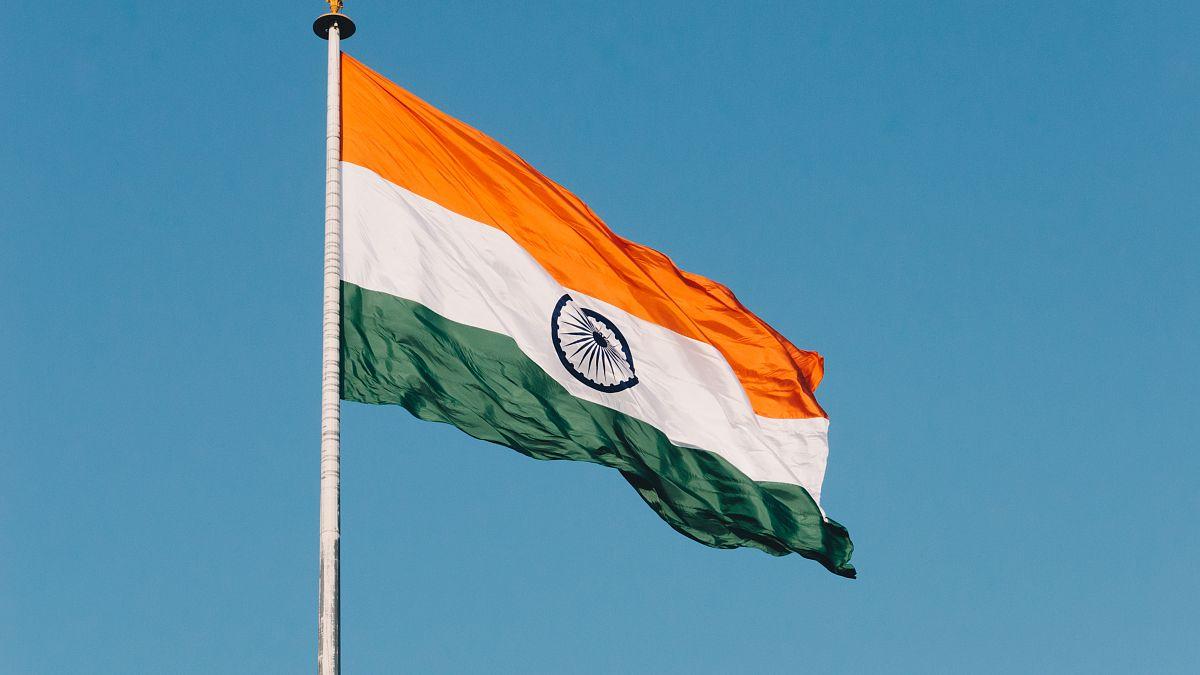
A Victory for Religious Freedom
In a landmark decision, India’s Supreme Court has struck down a ban on Islamic schools in the northern state, paving the way for a more inclusive education system. This victory for religious freedom not only upholds the fundamental right to education but also strengthens the very fabric of our secular democracy. It is a testament to the judiciary’s commitment to safeguarding the rights of all citizens, regardless of their faith. The court recognized the vital role that religious institutions play in shaping the minds of young people, upholding their right to choose their education. This decision is a beacon of hope for minorities across India, signaling a move towards a more tolerant and pluralistic society.
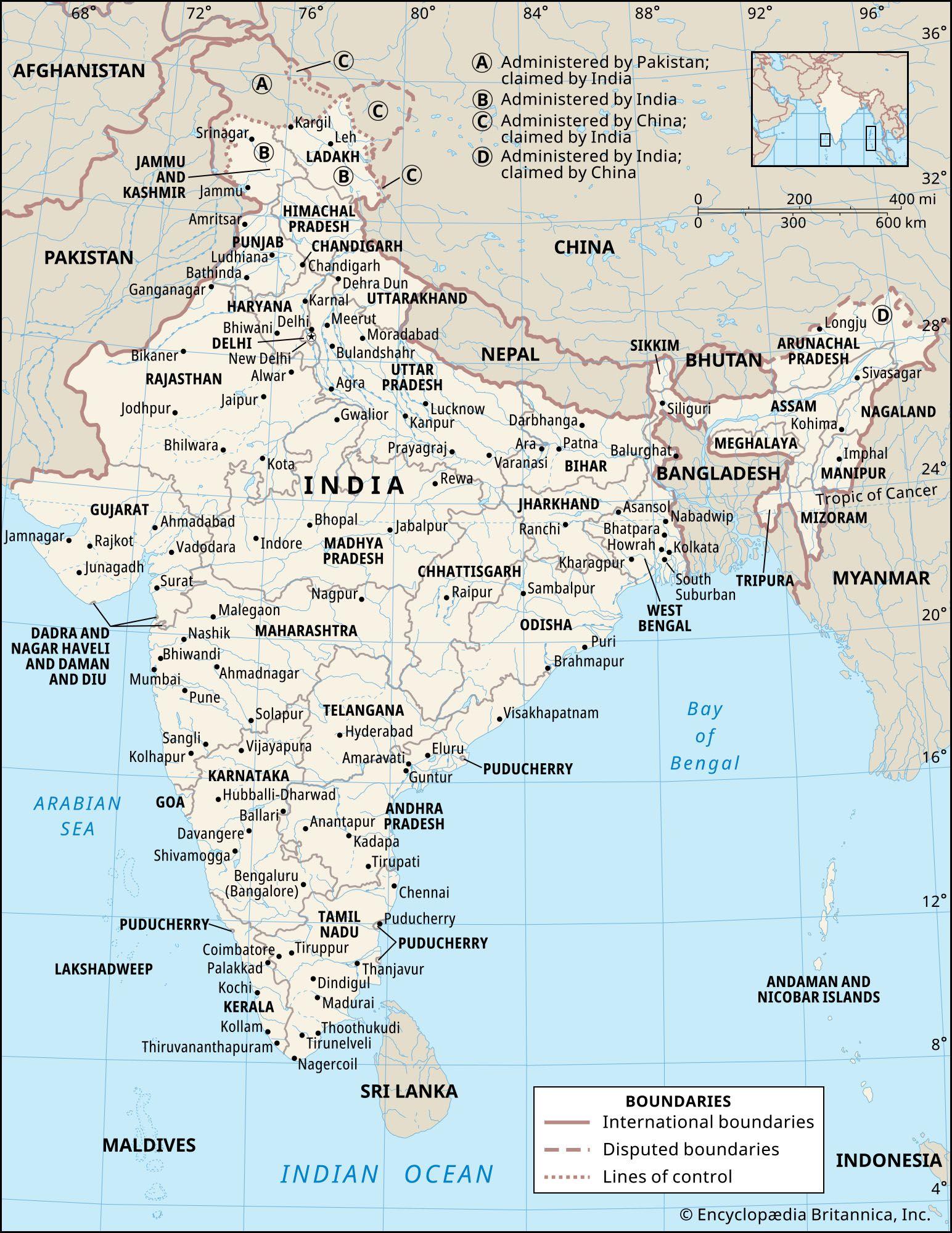
The Implications for Educational Policy
The ruling reverberates through the Indian education landscape, raising questions about the delicate balance between religious freedom and secular education. This decision could potentially pave the way for a more inclusive approach to education, encouraging diverse learning environments that cater to various religious and cultural backgrounds. This presents a significant opportunity to rethink educational policy, focusing on:
- Promoting inclusivity: How can the government ensure that all educational institutions, regardless of their religious affiliation, provide a high-quality education that adheres to national standards and fosters a sense of national unity?
- Strengthening secularism: How can the government promote a more robust secular education system that respects the values and beliefs of all religions while maintaining a common national identity?
- Addressing disparities: How can the government ensure that all students, regardless of their religious background, have access to quality education and equitable opportunities?
The impact of this landmark ruling remains to be seen, but it certainly serves as a catalyst for important conversations about the future of education in India.
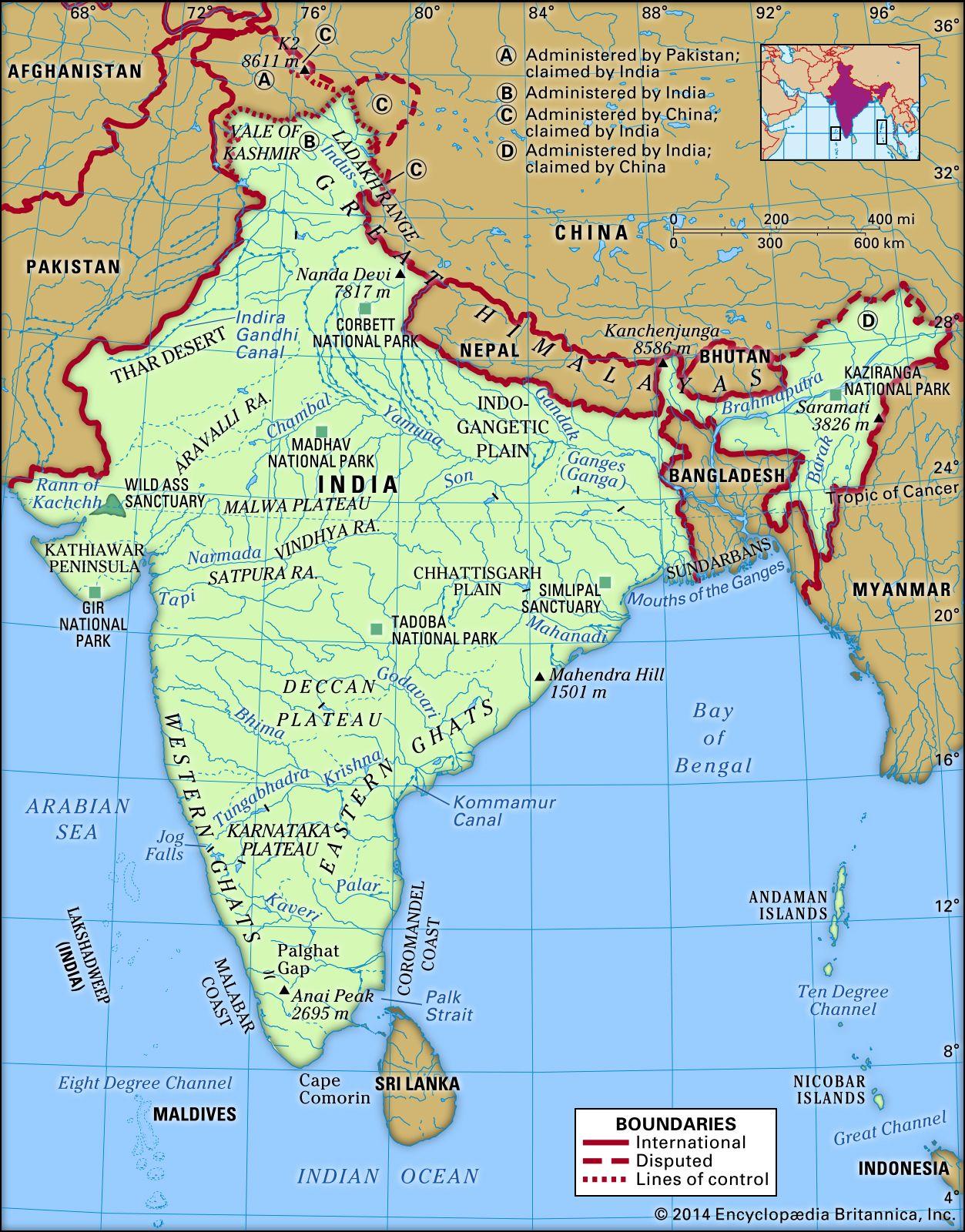
Empowering Marginalized Communities
This landmark ruling signifies a crucial step towards fostering inclusivity and educational equity in India. By striking down the discriminatory ban on Islamic schools, the Supreme Court has affirmed the right of all citizens to access quality education, regardless of their religious affiliation. This decision sends a powerful message that educational institutions should be open to all, promoting diversity and fostering a more just and equitable society.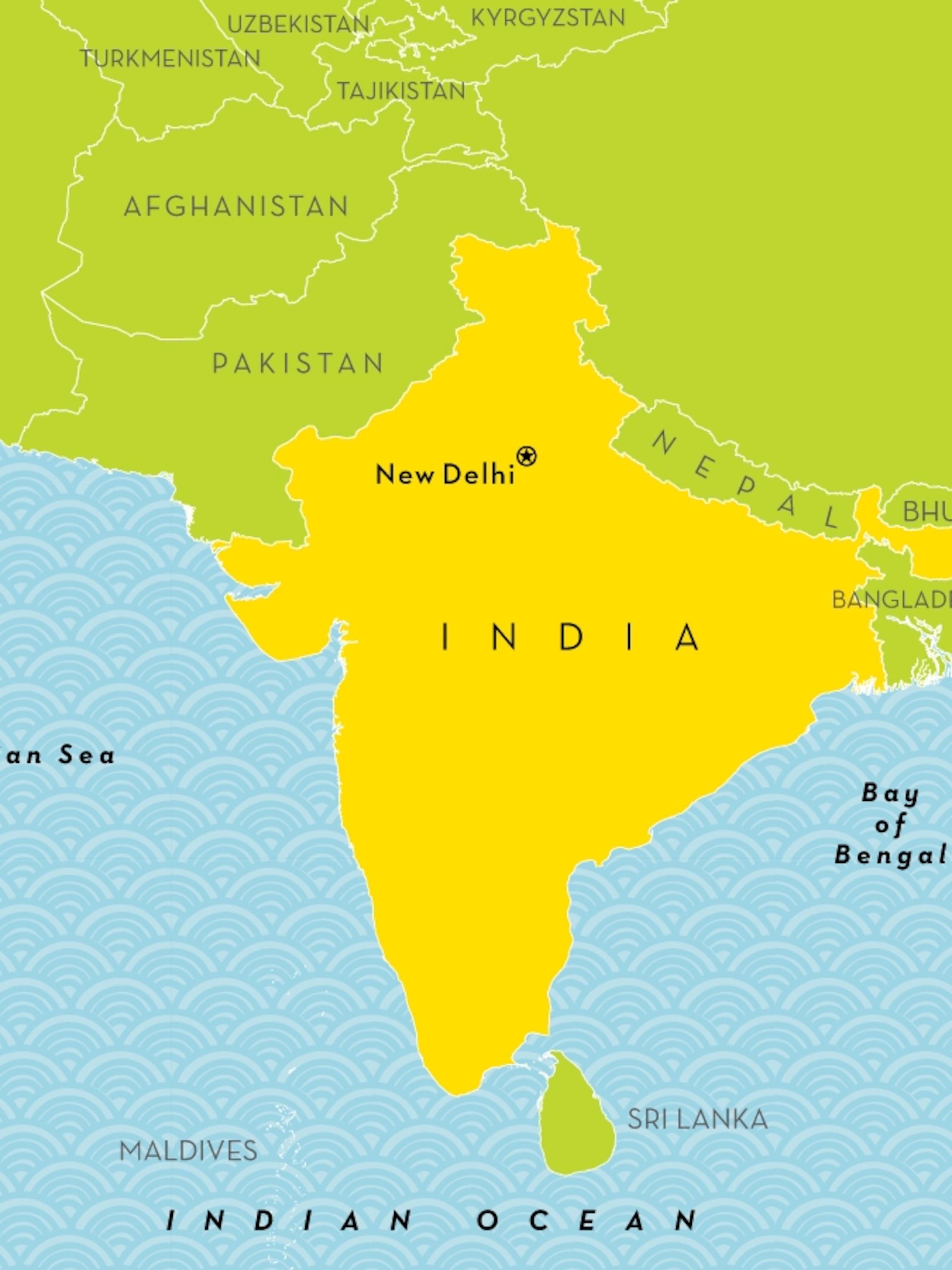
Secularism and the Future of Education in India
This ruling, a landmark decision in the ongoing debate about the role of religion in education, underscores India’s commitment to secularism. The court’s judgment reinforces the fundamental right to education, irrespective of religious affiliation, and emphasizes the importance of inclusivity in a diverse country like India.
| Religious Education | Secular Education |
| Provides religious teachings and practices. | Focuses on critical thinking, intellectual development, and diverse perspectives. |
| May emphasize specific doctrines and beliefs. | Promotes tolerance, understanding, and respect for all religions. |
The decision also reflects the evolving nature of Indian society, where a diverse range of educational institutions cater to the needs of various communities. This diversity is a strength, fostering a vibrant and inclusive educational landscape that prepares students for the challenges and opportunities of the 21st century.
To Conclude
The echoes of the ruling reverberate beyond the courtrooms, whispering of a future where the right to education is not confined by faith, but embraced by it. In this chapter of India’s ever-evolving narrative, the Supreme Court has etched a line in the sand, marking a step forward towards a society where the fragrance of learning blooms from diverse gardens of belief. The journey towards an inclusive education system continues, but this landmark ruling serves as a potent reminder that the pursuit of knowledge knows no boundaries, be it religious, social, or political. The future of India’s classrooms, now more than ever, belongs to the children, regardless of their faith, paving the way for a brighter, more inclusive tomorrow.
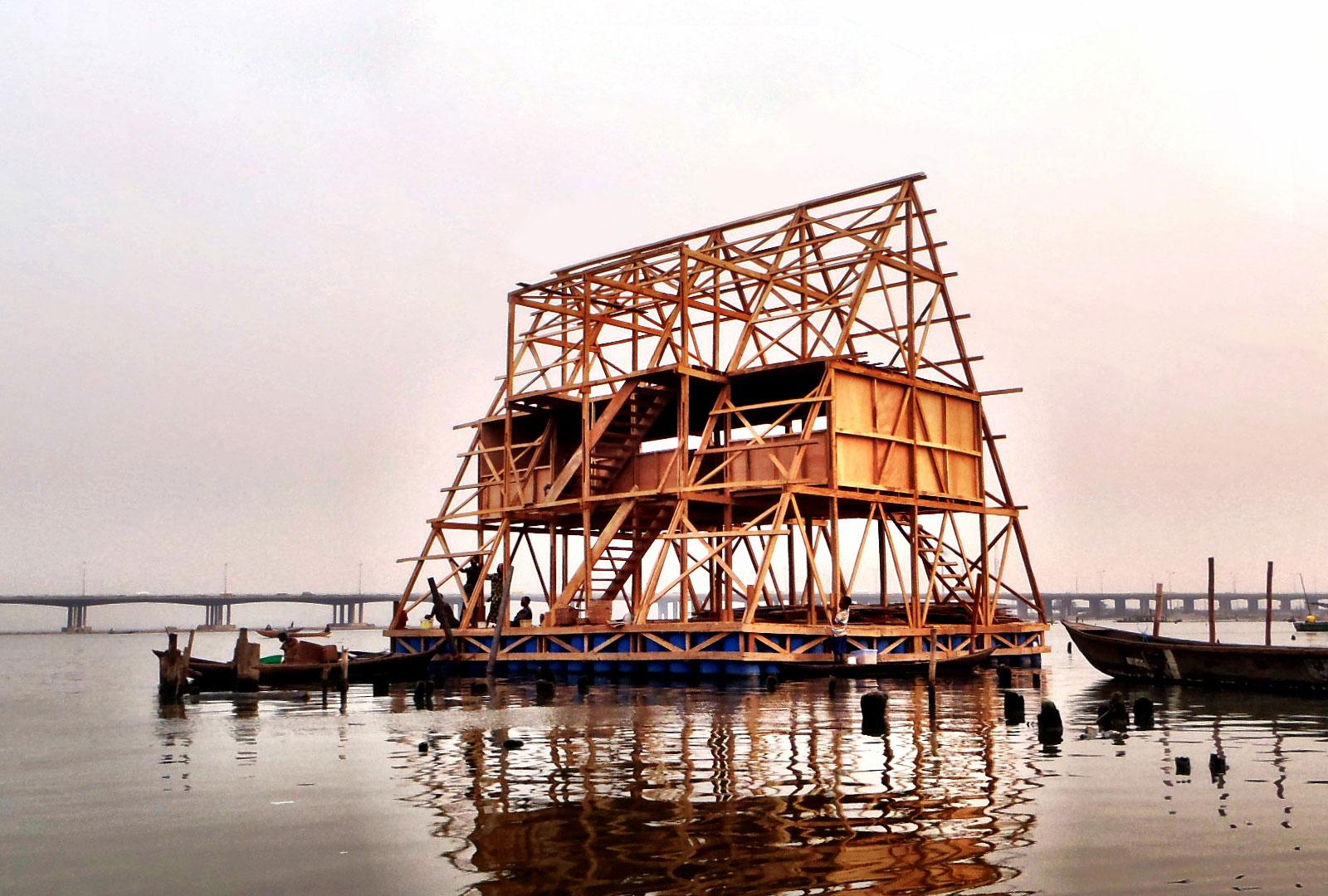
Leave a Reply